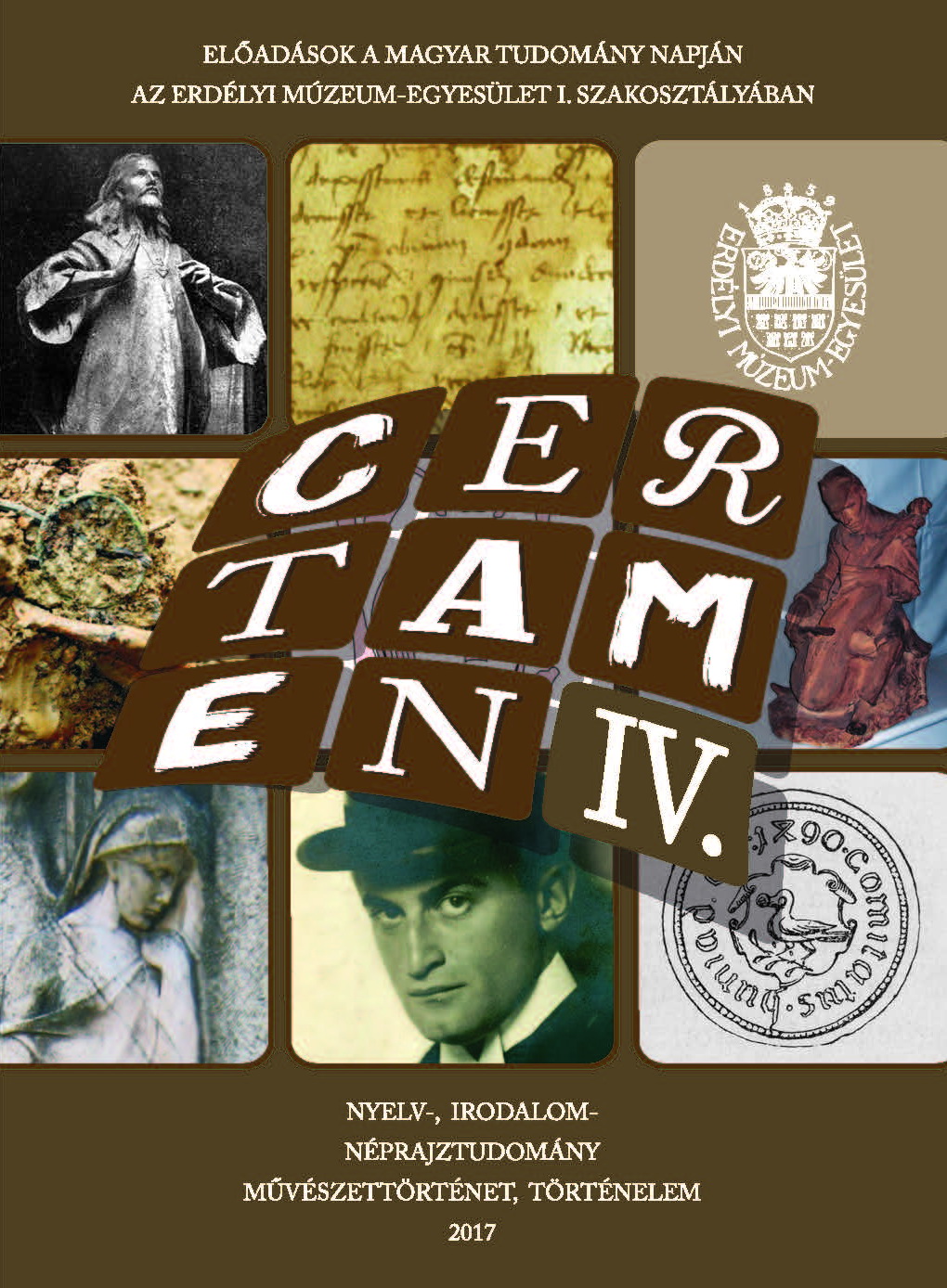A szobrász Kolozsvári-Szeszák Ferenc
The Sculptor Ferenc Kolozsvári-Szeszák
Author(s): Jenő MurádinSubject(s): Sociology of Art
Published by: Erdélyi Múzeum-Egyesület
Keywords: Szeszák family; external statues of Cluj National Theatre; Guardian of Carpathians; funeral monuments in Házsongárd cemetery
Summary/Abstract: The artist Ferenc Kolozsvári-Szeszák (1881–1919) from Cluj was one of the most instructed Transylvanian sculptors at the beginning of the 20th century. His parents, wealthy craftsmen, didn’t prevent him from building an artistic career, so he could study at the Academy of Applied Arts from Budapest (Iparművészeti Iskola), and after one year of studies in Paris, he became for fi ve years (between 1903 and 1907) the disciple of Alajos Stróbl, a well-known sculptor and pedagogue from Budapest. In his short creative career he worked mostly in Budapest, where he attended many sculptural contests, but he had orders from his native town, Cluj, too. At Budapest he modelled two statues which ornamented the front of the National Theatre of Kolozsvár, the fi gures of Transylvanian Maecenas Miklós Wesselényi and writer Miklós Jósika, creations which “disappeared” in the year of 1919. On the top of the two towers of the theatre one can see the two triumphal chariots pulled by three lions, sculpted by him with the help of three other colleagues from the workshop of Stróbl. In the year of 1906 he made the statue of Hungarian poet János Arany at Szalonta. The statue of Jesus Christ in art nouveau style was erected in the town Kanjiža, in Vojvodina (Serbia). He came back definitively to Cluj when the director of the National Museum of Transylvania, dr. Béla Pósta offered him the position of the restorer of the museum, and warranted a flat and a workshop in the building of the institute. Here he modelled the Guardian of Carpathians, a wooden statue placed in the central square of the town in 1915, which “disappeared”, too, after 1919. He sculpted some beautiful funeral monuments that can be visited in the famous Házsongárd cemetery in Kolozsvár (those of Farkas Gyalui’s wife, Gyula Dietrich’s, composer Ödön Farkas’s etc.) Sculptor Ferenc Kolozsvári-Szeszák died prematurely of t.b. in 1919.
Journal: Certamen
- Issue Year: 2017
- Issue No: IV
- Page Range: 363-370
- Page Count: 8
- Language: Hungarian

